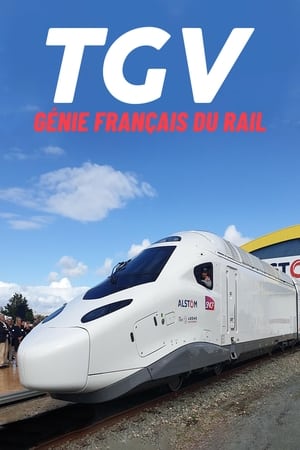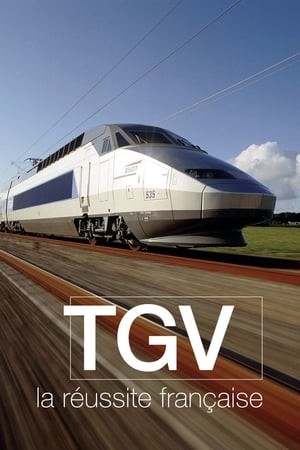
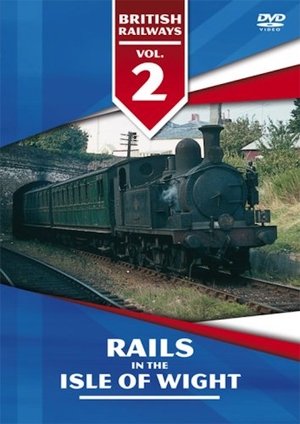
Vol 2 - Rails on the Isle of Wight(NaN)
Island railways have a particular fascination, none more so than those on the Isle of Wight. In this programme, produced from films made by railway enthusiasts who visited the island from the 1950s to the present day, we present aspects of the changing face of the island s railways over the last forty years. We begin with John Laird s 1964 films of the steam railway in all its glory with the coverage of the lines to Ventnor and Cowes. This is contrasted with the scene in the 1950s as portrayed in rare colour films made in 1953 on the soon to be closed lines from Brading to Bembridge, Sandown to Merstone and Newport and from Newport to Freshwater. The final steam sequences filmed by Geoff Todd and Derek Norman show the last years of steam operation on the island and the preparations for electrification. The Isle of Wight s new tube trains are shown at first on trial on the mainland, looking quite incongruous at locations such as Clapham Junction.
Movie: Vol 2 - Rails on the Isle of Wight

Vol 2 - Rails on the Isle of Wight
HomePage
Overview
Island railways have a particular fascination, none more so than those on the Isle of Wight. In this programme, produced from films made by railway enthusiasts who visited the island from the 1950s to the present day, we present aspects of the changing face of the island s railways over the last forty years. We begin with John Laird s 1964 films of the steam railway in all its glory with the coverage of the lines to Ventnor and Cowes. This is contrasted with the scene in the 1950s as portrayed in rare colour films made in 1953 on the soon to be closed lines from Brading to Bembridge, Sandown to Merstone and Newport and from Newport to Freshwater. The final steam sequences filmed by Geoff Todd and Derek Norman show the last years of steam operation on the island and the preparations for electrification. The Isle of Wight s new tube trains are shown at first on trial on the mainland, looking quite incongruous at locations such as Clapham Junction.
Release Date
Average
0
Rating:
0.0 startsTagline
Genres
Languages:
Keywords
Similar Movies
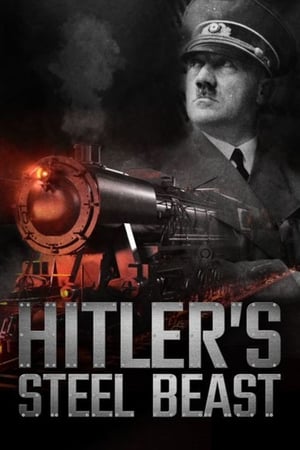 6.2
6.2Hitler's Steel Beast(fr)
Trace the history of Hitler's armored private train, a 15-car mobile headquarters boasting state-of-the-art communications and anti-aircraft cannons.
Das Zugunglück von Radevormwald – Leben mit der Katastrophe(de)
May 27th, 1971 was a rainy day. In the small town Radevormwald, the world seems to be still in order. But on this day, 46 people die in a train crash, amongst them 41 schoolchildren. Since then, Radevormwald has been connected with one of the worst railway catastrophes of Germany. The touching documentary reconstructs the tragedy and shows how much the event still influences the life in the town until today.
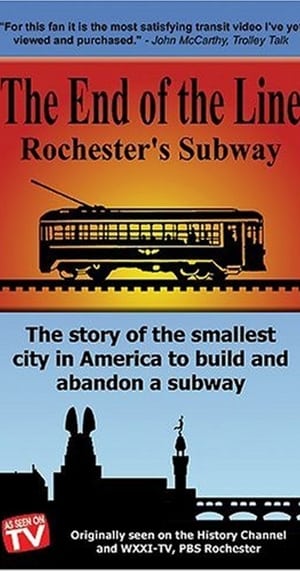 10.0
10.0The End Of The Line: Rochester's Subway(en)
"The End of the Line - Rochester's Subway" tells the little-known story of the rail line that operated in a former section of the Erie Canal from 1927 until its abandonment in 1956. Produced in 1994 by filmmakers Fredrick Armstrong and James P. Harte, the forty-five minute documentary recounts the tale of an American city's bumpy ride through the Twentieth Century, from the perspective of a little engine that could, but didn't. The film has since been rereleased (2005) and now contains the main feature with special portions that were added as part of the rereleased version. These include a look at the only surviving subway car from the lines and a Phantom tun through the tunnels in their abandoned state, among others, for a total of 90 minutes of unique and well preserved historical information.
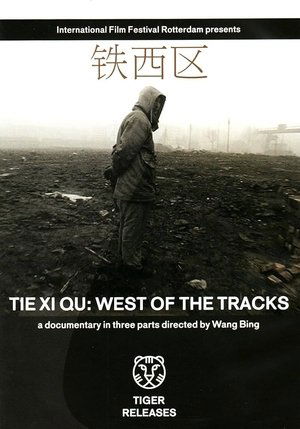 7.7
7.7Tie Xi Qu: West of the Tracks(zh)
A detailed look at the gradual decline of Shenyang’s industrial Tiexi district, an area that was once a vibrant example of China’s socialist economy. But industry is changing, and the factories of Tiexi are closing. Director Wang Bing introduces us to some of the workers affected by the closures, and to their families.
The Road Taken(en)
This 1996 documentary takes a nostalgic ride through history to present the experiences of Black sleeping-car porters who worked on Canada's railways from the early 1900s through the 1960s. There was a strong sense of pride among these men and they were well-respected by their community. Yet, harsh working conditions prevented them from being promoted to other railway jobs until finally, in 1955, porter Lee Williams took his fight to the union.
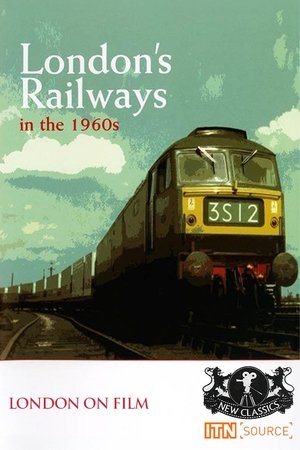 0.0
0.0London's Railways in the 1960s(en)
The British Railways modernisation programme of the 1960s radically changed the rail network, and the British Transport Films unit and the TV news were there to capture it. Compiled here is never before released colour footage of Southern steam at Waterloo (with Nine Elms depot), all the major London stations, The Blue Pullman and early diesels, The Golden Arrow and Night Ferry service, goods and mail, steam on the Metropolitan Railway and building the Victoria Line.
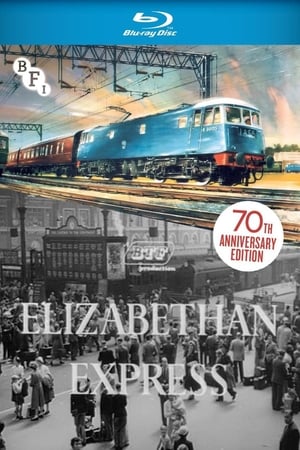 6.0
6.0Elizabethan Express(en)
Originally intended as an advertising short, this film follows The Elizabethan, a non-stop British Railways service from London to Edinburgh along the East Coast Main Line. A nostalgic record of the halcyon years of steam on British Railways and the ex-LNER Class A4.
 0.0
0.0Haramain: The Train of the Desert(es)
The pilgrimage to Mecca is one of the most important religious journeys for millions of people around the world. But how to get there? This documentary shows us how 12 companies met the immense challenge of running a high-speed train through Saudi Arabia's sandy rocky desert in temperatures of up to 50 degrees Celsius. A true marvel of engineering and cooperation, and together, overcoming obstacles.
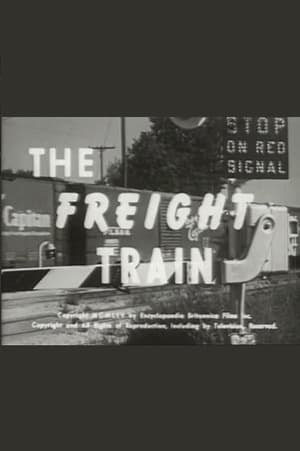 0.0
0.0The Freight Train(en)
EB Films presents a documentary on the life of the freight train in America.
Stamp of Character(en)
Discover the "character" of one of Missouri's oldest tie and lumber operations through this archival black-and-white film that documents one of the last railroad tie drives on the Black River made by the T.J. Moss Tie Company of St. Louis in the 1920s. Thanks to release of the film by the Kerr-McGee Chemical Corporation, the rare footage in "Stamp of Character" takes us through the entire process of making railroad ties, at a time when forests covered almost two-thirds of the state. The original silent motion picture was shown in movie theaters as an advertisement by the T.J. Moss Tie Company. Using digitally edited narration and realistic sound effects, this video makes the past live again.
 0.0
0.0OVERHEIGHT MUST TURN(en)
For the past ten years, Jürgen Henn has filmed over-height trucks crashing into the 11foot8 train bridge affectionately nicknamed the "Can Opener." In that time, millions have viewed the crashes online. Regional, national, and international news organizations have dined out on the story and the goofy crash reels. But why do motorists continue to crash despite the many warnings, sensors, and signs? And what is it about these crashes that holds our attention? In this piece, we look for the humanity in human error.
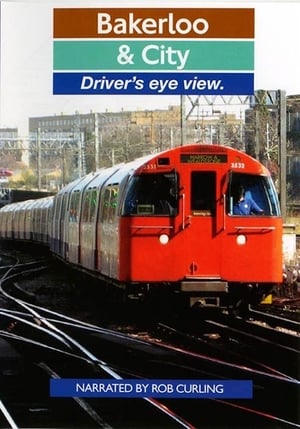 0.0
0.0Bakerloo & City Driver's Eye View(en)
The Bakerloo Line is one of London Underground's main arteries, connecting four of the capital's main line railway stations with the heart of London's West End. The southern terminus at Elephant and Castle consists of just two platforms, requiring fast turnarounds to provide the 3 minute service interval. Just under half the 14½ mile line is in tube tunnel, The 1972 stock trains (amongst the oldest running on the network) surface at Queen's Park. Roughly one in three continues to Harrow and Wealdstone alongside the West Coast Main Line. As well as seeing the entire route in real time from the driver's cab, we also peek inside the Bakerloo Line's signalling and control centre at Baker Street. The Waterloo and City line is LUL's smallest self-contained operation, running for just over 1½ miles between Waterloo and Bank.
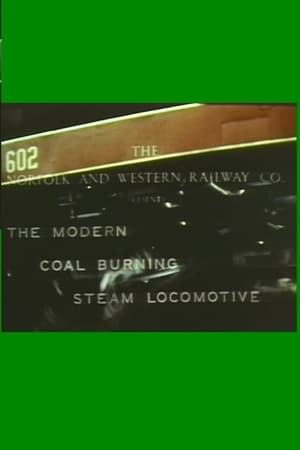 0.0
0.0The Modern Coal Burning Steam Locomotive(en)
Documentary on the evolution and introduction of modern coal burning locomotives on the Norfolk and Western Railway line.
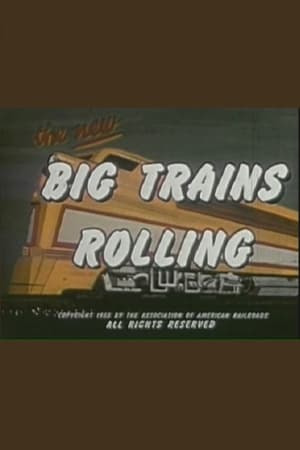 0.0
0.0Big Trains Rolling(en)
A production of the association of American Railroads outlining the wonders of America's rail system.
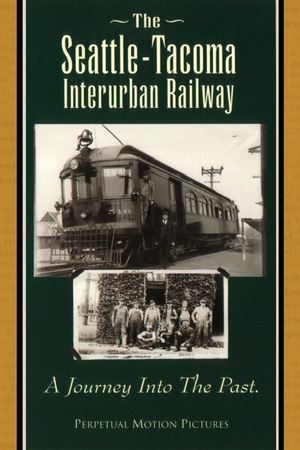 0.0
0.0The Seattle-Tacoma Interurban Railway(en)
This rich, historical documentary captures the story of the high-speed, electric transit system that sparked the growth and development of Puget Sound's twin cities during the first quarter of the 20th century.
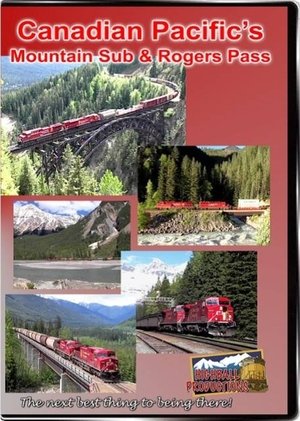 0.0
0.0Canadian Pacific's Mountain Sub & Rogers Pass(en)
Hold on for Canada's steepest territory along the Mountain Sub line and get ready for gorgeous scenery as you ride over Rogers Pass.
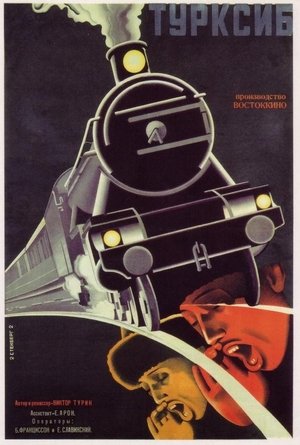 5.8
5.8The Steel Road(ru)
Bold and exhilarating documentary account of the building of the Turkestan-Siberian railway, presented as a heroic triumph of Soviet progress over natural adversity.
